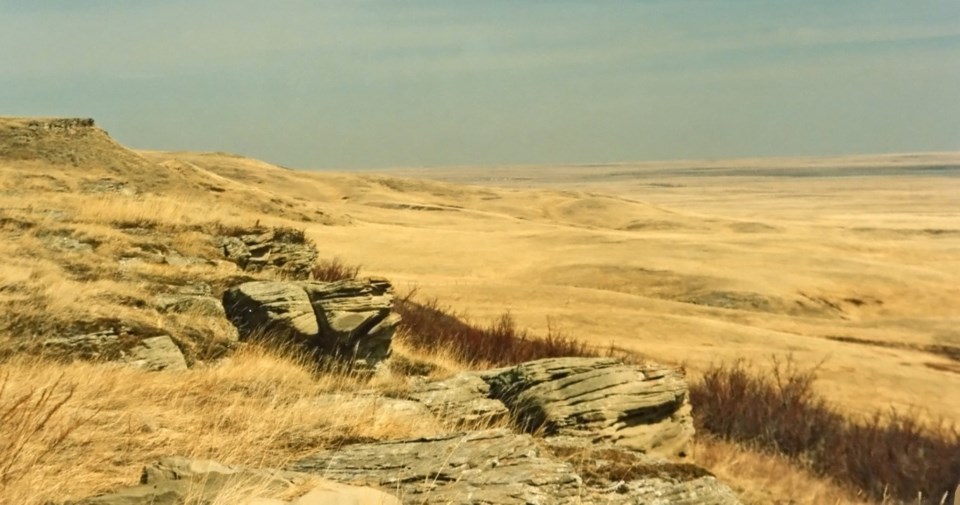REGINA – Rare and endangered plants are an often-overlooked part of conservation work, most being small and hard to find in isolated ecosystems.
Nature Saskatchewan’s Rare Plant Rescue (RPR) program aims to change this, and is this year celebrating 20 years of seeking out some of the prairie ecosystem’s most elusive organisms.
Focused on targeting nine species protected federally as threatened, endangered or extirpated, and seven provincially rare species, each year search crews ask permission to search suitable habitat on private landowner properties. Once located, information is taken on the plant’s health, phenology and individuals are mapped and counted; this helps fill important gaps in the knowledge base of where these species are, how populations are doing and what environment they need to thrive.
“The past 20 years have seen tremendous success,” Emily Putz, co-ordinator for Rare Plant Rescue explains,” by partnering with landowners conserving habitat, we have been able to search and collect data on Saskatchewan’s rarest plant species, contributing to the down-listing of at least three.”
Over the decades RPR has sleuthed out 720 occurrences of federally listed plants species and recorded another 556 provincially rare plants found incidentally on surveys, during 559 individual quarter section sites searches. Once a plant occurrence is found RPR also monitors every three to five years, where they are able to revisit and map out how populations have changed between years, gaining information on whether the populations have grown or shrunk, or are being pressured from threats such as invasive species.
There are currently 92 landowners and land managers in the program, conserving nearly 260,000 acres of rare plant habitat. This habitat includes rare fragile ecosystems such as sand dune environments, prairie fens, dry prairie ephemeral wetland, and pristine, but rapidly disappearing native prairie.
“Saskatchewan has lost the vast majority of its prairie, with estimates of what is left as low as nine percent,” further explains Putz, “Rare plants are very specific about their needs, they require grazing and they can’t compete against aggressive tame species, such as smooth brome or crested wheatgrass, nor against cropland expansion.”
As habitat disappears, so do the plants, leading in turn to the further disappearance of species that rely on them such as birds, mammals, amphibians and pollinators; species that humans also rely on.
Nature Saskatchewan uses voluntary handshake agreements with landowners in an effort to conserve and collect data on target plants. The program works alongside the landowners’ existing practices, and the land continues to be used in a way that benefits the steward.
“We rely on our ranchers and landowners to keep these plants thriving. If you think you have a rare plant or suitable habitat please give us a call on our toll-free Hoot Line, at 1-800-667-HOOT (4668) or email [email protected],” Putz mentions. “Every rare plant recorded is helping to map ranges, monitor populations and aid with conservation efforts.” Information provided is never shared without permission.

.jpg;w=120;h=80;mode=crop)



